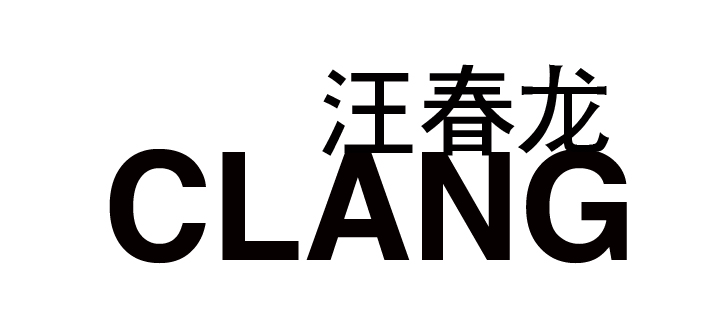Essay Patricia Levasseur
Family, I have you!
by Patricia Levasseur de la Motte
Sometimes life may cause us to venture abroad, leaving us no choice but to part with our family and country. For Clang, his love of photography brought him to the United States. That was fourteen years ago, a time when the teaching of photography in Singapore and the region was not as developed as it is today.
The act of leaving home and family is an important but often difficult stage in life; for some it is necessary in order to grow. A few of the reasons that may compel us to leave our families include the need to further our education, to seek employment, to get married. Sometimes we have to leave to get away from conflict and suffering. In our increasingly globalised age, this phenomenon of leaving home and family is becoming more commonplace.
The etymology of the word "family" is from a Latin word that means "servants of a household"[1], this definition carries a connotation of hierarchy and servitude between people (masters and servants) living together under the same roof. In the modern sense, the family is led by parents who aim to impart ethical principles and proper social etiquette to their children. The family unit serves as an incubator; it shapes one’s personality and prepares one to set out into the great big world.
Blood ties and social rules connect the members of a family, however these powerful bonds may at times turn into a burden. In this regard, the French writer Andre Gide wrote his severe statement:
Families, I hate you!
Shut-in homes;
closed doors;
jealous possessions of happiness.[2]
Paradoxically the main idea behind these lines is that too much pressure and authority may in fact lead to the path of liberty. Family is, and perhaps will always be, a primary social unit. Nevertheless it does not condemn us to stay trapped within it indefinitely. Isn’t it everyone’s goal to break free? Yet how our parents or we really feel about this emancipation is another matter altogether.
Needless to say, freedom has its price and often presents a variety of challenges. Clang’s exhibition “Being Together” is about family and the difficulty of separation. In his four introspective photographic series, Clang explores the effects of family breakup: guilt, loss of roots, fading memories, the passing of time and the fear of losing loved ones. Photography, especially portraits, allows one to fix in time and space the memory of the people we cherish. In the series Being Together, Clang composes portraits using Skype videos of his family in Singapore projected in his living space in New York. The family is somewhat re-composed, both synchronously and spatially, in a single image. It is a way for Clang to recreate a connection with his family, albeit in a kind of virtual reality. The video projection is essentially an extension of an inner desire to be reunited with family, to be together.
The themes of the absence and guilt pervade Clang’s series; he is clearly profoundly reluctant to be so far apart from his family. Photography as an art is a form of catharsis. It serves as an outlet not only for the photographer but also the viewer. We all have family stories, tragedies and feelings to share. Photographs not only preserve selective memories but also reveal our subconscious feelings buried deep inside: happiness, fear, guilt, frustration and so on.
It has been said that parents should not think of having children for themselves, for this would be a selfish act. Parenthood is about generosity and parents must be prepared to let go of their child one day so that he or she would be free. There should not be any feeling of pain, fear or guilt. The most beautiful proof of love is freedom. No matter what separates a family, there should be mutual understanding and forgiveness. It is a matter of personal blossoming as we all – both parent and child – grow with time and experience from "servant" to self.
Children begin by loving their parents; after a time they judge them; rarely, if ever, do they forgive them. – Oscar Wilde
We choose our friends, not our family. But family is irreplaceable and we have to deal with whatever comes. It is the primary social unit that nurtures the growth of an individual, and ideally, a haven of love and joy. Family should not be seen as an obstacle but as a springboard from which we venture into the world.
Finally, if there is a message that comes through Clang’s photographs, it is the following: Family, I have you[3]… in my heart! But please, set me free!
[1] Family: c.1400, "servants of a household”, from the Latin familia; "family servants, domestics"; also "members of a household", including relatives and servants, from famulus "servant", of unknown origin. Ancestral sense is from early 15th century; "household" sense recorded in English from the 1540s; main modern sense of "those connected by blood" (whether living together or not) is first attested in the 1660s. Online Etymology Dictionary, http://www.etymonline.com.
[2] "Familles, je vous hais ! Foyers clos; portes refermées; possession jalouse du bonheur". In Andre Gide, Les Nourritures Terrestres (Fruits of the Earth), 1897.
[3] “Famille je vous ai”, in Hervé Bazin, Ce que je crois (1977).
